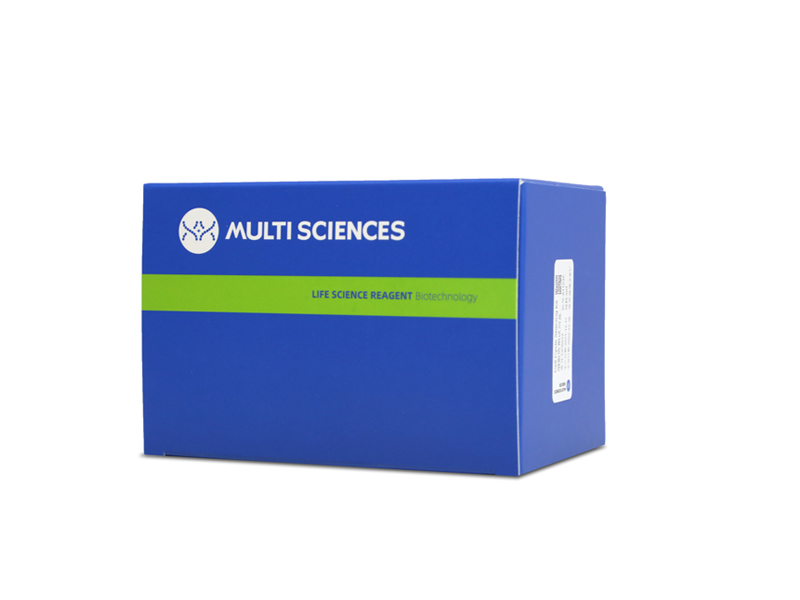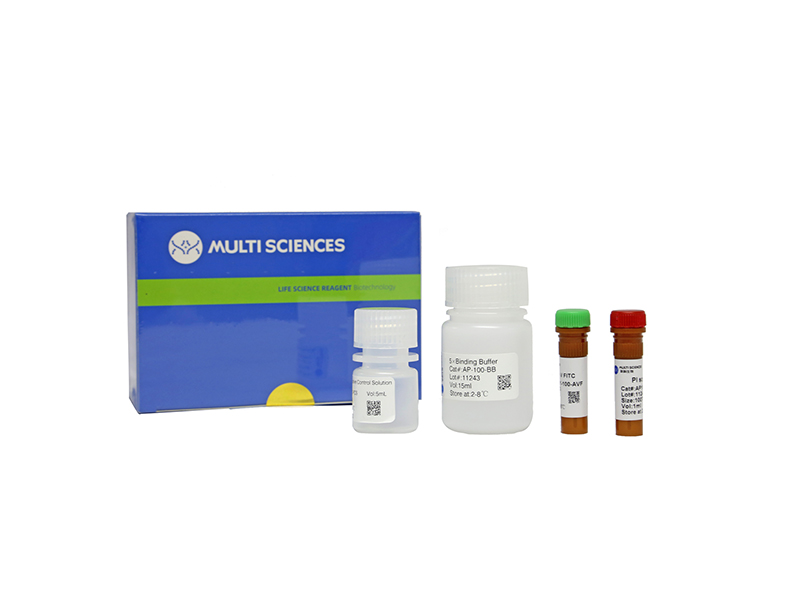Stimuli-responsive prodrugs are promising candidates for effective cancer therapy, while the linker is one of the indispensable components in prodrugs. However, with so many endogenous stimuli to compete with in the tumor microenvironment (TME) and intertumoral heterogeneity of chemical species, we must mull over the properties of the linker to guarantee efficient drug release. Here, we prepared five kinds of stimuli-responsive doxorubicin (DOX) dimeric prodrug self-assembled nanoparticles (NPs) and compared their antitumor effects against triple-negative breast cancer (TNBC) and hepatocellular carcinoma (HCC) tumors. These prodrugs were linked with stable carbon chain, trace amide disulfide and traceless carbamate disulfide, borate ester, and dimethylmaleamide linkers and could self-assemble into NPs without any carrier. With these self-assembled NPs, we demonstrated that the traceless carbamate disulfide linker exhibited superiority than the noncleavable carbon chain and trace amide disulfide linkers. However, no prodrug NPs exhibited superior antitumor efficacy and cleavage rates in the tumors of TNBC and HCC. We further revealed that different cancer cells exhibited distinctive capacities to maintain endogenous chemical species, while intertumoral heterogeneity hampered the availability of prodrug NPs with broad-spectrum superiority. Our results suggest that a precise and traceless linker should be pursued for the construction of potent prodrugs, providing significant implications for the development of efficient stimuli-responsive prodrugs.
文章引用产品列表
-
- AP105
- 凋亡试剂盒
Annexin V-APC/7-AAD Apoptosis Kit 细胞凋亡试剂盒
- ¥780.00 – ¥1,860.00



